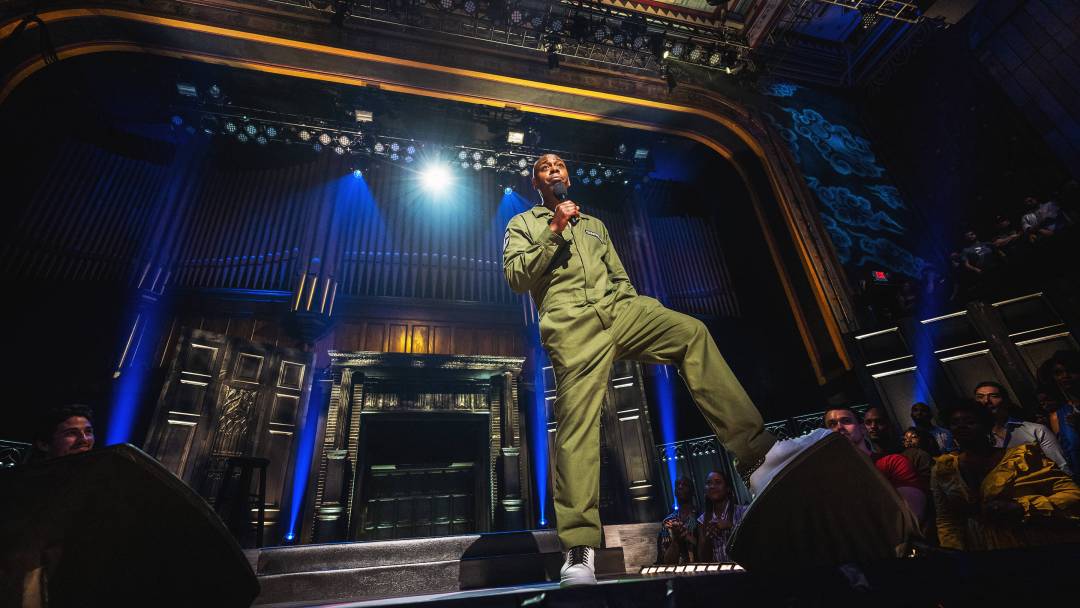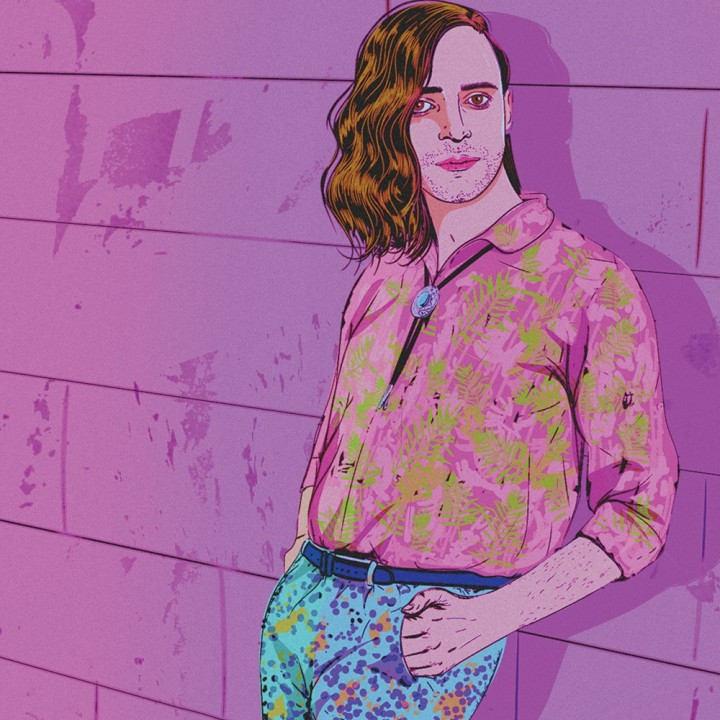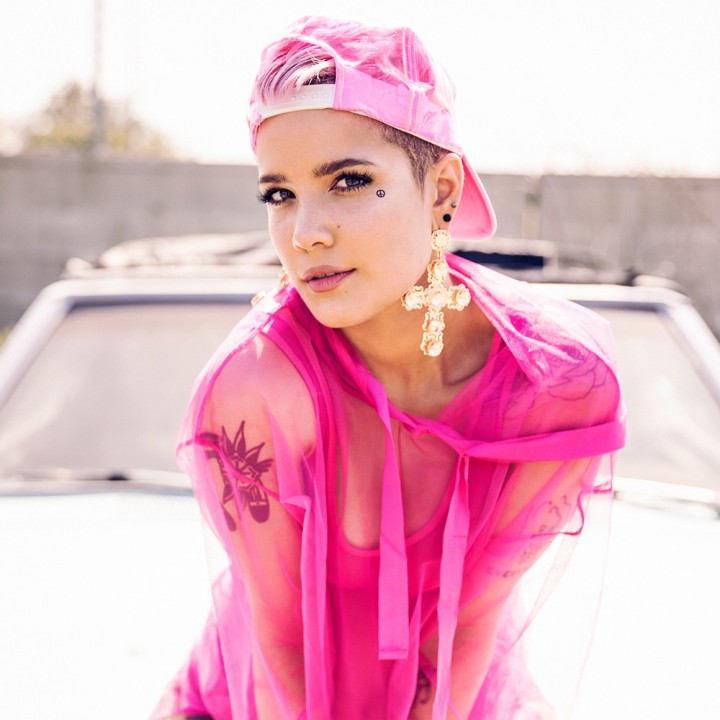
Lando's Pansexuality in 'Star Wars' Spurs Mixed Feelings
It’s unlikely to have escaped your notice that Lando Calrissian—everyone’s true favorite rogue from the Star Wars franchise, especially when played by Donald Glover, as he is in the upcoming Solo: A Star Wars Story—is now pansexual, at least according to Solo screenwriter Jonathan Kasdan. His assertion, made during an interview with Huffington Post, would mean that the massively successful franchise finally has a canonically queer character onscreen for the first time in its 40-plus year history, something that resulted in all manner of breathless media coverage. The fickle beast that is Star Wars fandom was less excited, however, and with good reason.
By contrast, the most that movie fans got was the tease that maybe two characters in 2016’s Rogue One: A Star Wars Story might be in a relationship, along with fans (and actors, as it turned out) imagining that maybe two heroes of the new trilogy could hook up. For Lando to be canonically pansexual would be a massive step forward for the movies, if not Star Wars as a whole.
It should, however, be noted that Kasdan didn’t bring the subject up by himself in the interview; instead, he appears to have been asked whether Lando’s casual flirtiness with … well, everyone in his immediate orbit, really, translated into the character being pansexual. His answer, in fact, suggested that Kasdan was only really considering the topic for the first time. “I would say yes,” the screenwriter said. “There’s a fluidity to Donald and Billy Dee [Williams' portrayal of Lando’s] sexuality.”
He continued, “I mean, I would have loved to have gotten a more explicitly LGBT character into this movie. I think it’s time, certainly, for that, and I love the fluidity―sort of the spectrum of sexuality that Donald appeals to and that droids are a part of. He doesn’t make any hard and fast rules. I think it’s fun.”

This is nothing new for fans of genre properties that want to seem progressive without pissing off their fan base. Harry Potter author J.K. Rowling made headlines by declaring, after the publication of the final book in the series, that paternal figure Albus Dumbledore was gay, even though there has never been any suggestion of that in the books themselves. Those defending the decision, however after-the-fact, then had to deal with the news that the character’s sexuality will not be addressed in this winter’s prequel movie, Fantastic Beasts: The Crimes of Grindelwald. It is, it seems, easier to claim diversity and representation when it doesn’t actually involve doing anything onscreen to risk upsetting the more uptight members of the audience.
Straight characters get to express their desires, date their crushes and fuck in front of the audience. Why can’t queer characters?
At the same time, though, it’s not too much to ask that queer characters are permitted to be sexual beings in the brief time they’re onscreen; straight characters get to express their desires, date their crushes and, in certain movies, fuck in front of the audience (albeit tastefully, or at least without showing penetration). Why can’t queer characters, outside of cynical fear and bigotry? If Lando truly is pansexual—let’s assume for a minute that Lucasfilm, the Disney-owned corporation that controls the Star Wars universe, agrees with Kasdan’s take on the character—then why can’t we see him pursue his romantic and sexual wants with the same attitude that he goes after everything else he wants? Sure, Star Wars takes place “a long, long time ago,” as everyone familiar with the movies knows by heart—but does it have to have its attitude toward queer characters rooted in the past as well?






